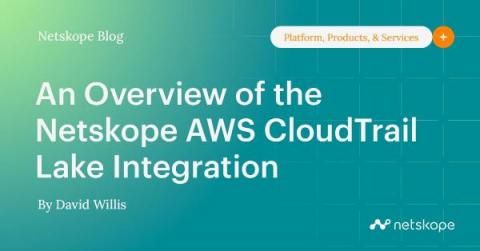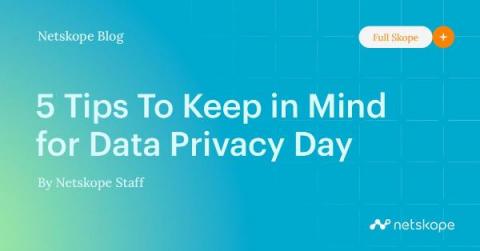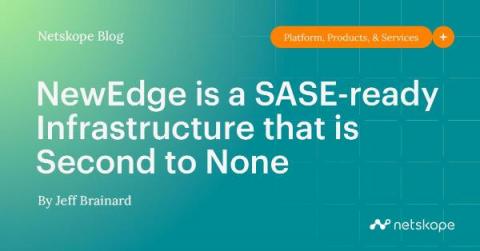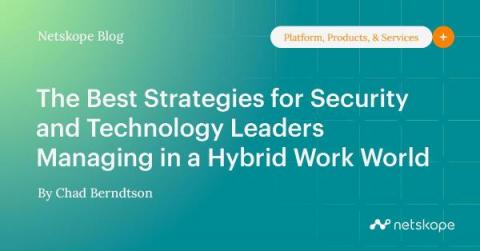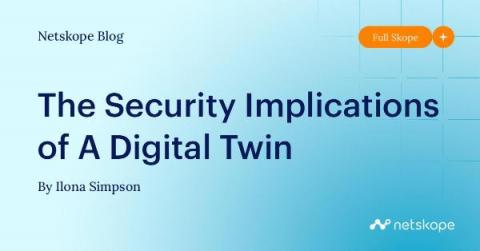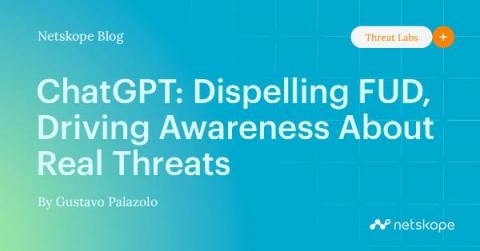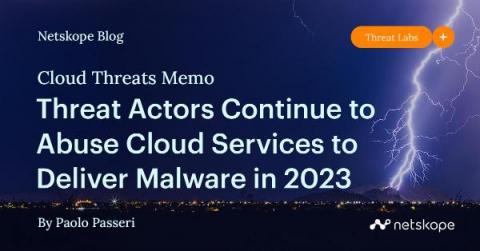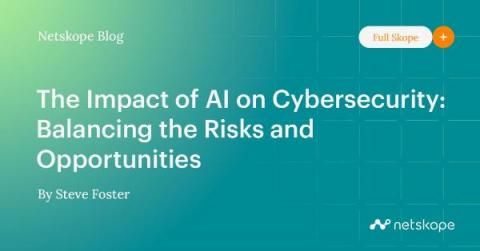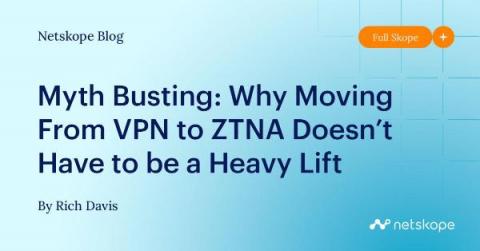An Overview of the Netskope AWS CloudTrail Lake Integration
Following the recent AWS CloudTrail Lake announcement, this blog will guide you through how to configure a Netskope Cloud Exchange instance to send Netskope user access logs to AWS CloudTrail Lake using the Cloud Log Shipper (CLS) module and the CLS plugin developed for CloudTrail Lake. Cloud Exchange (deployed in Amazon ECS on Fargate) can be obtained from the AWS Marketplace.


